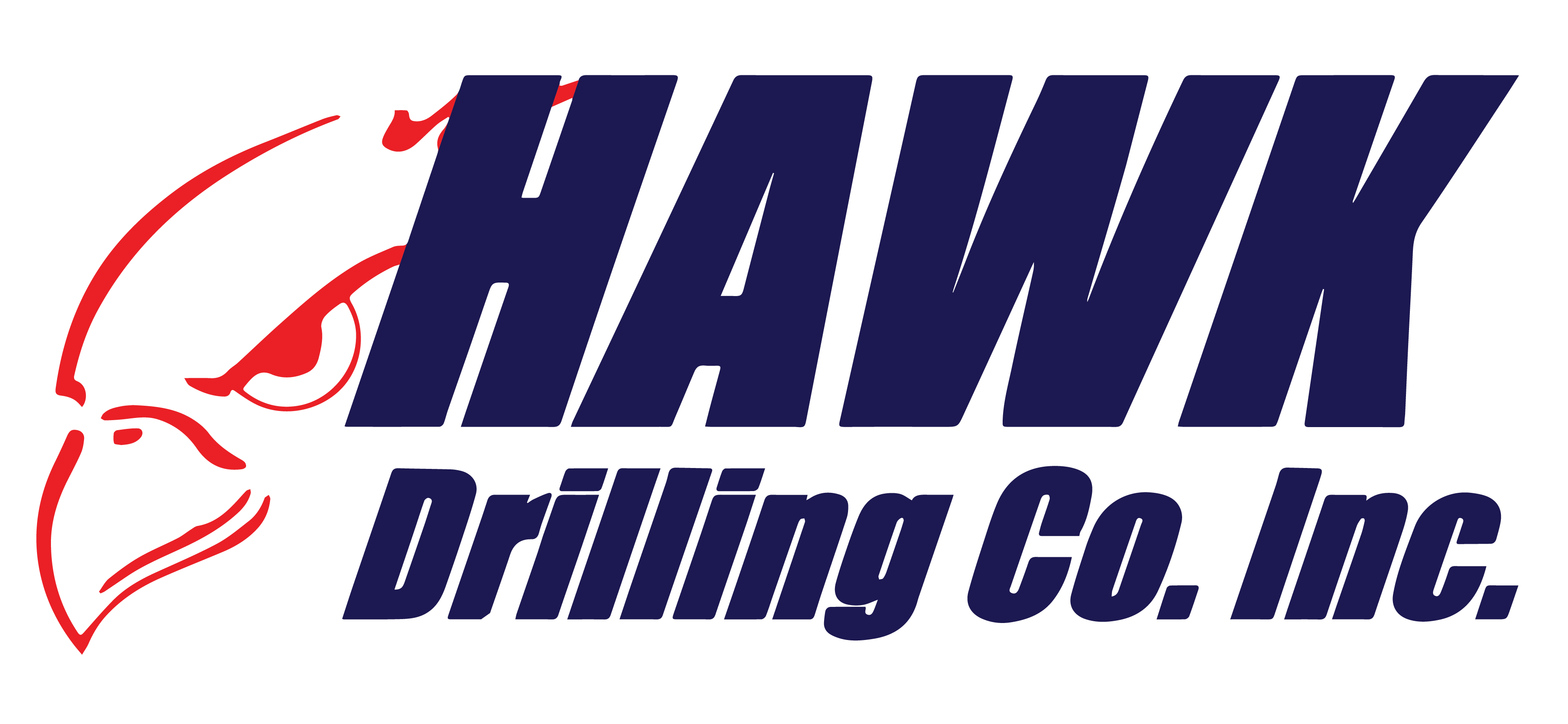Well Disinfection
Disinfection of a well – AKA Well shocking – is the process of injecting a high concentration of a chlorine product into the well to try to kill any free-floating bacteria.
As we live in upstate NY, we are used to higher than normal pH levels in our water – sometimes as high as 12. Liquid bleach struggles to kill bacteria in water with a pH higher than 8.5. At Hawk Drilling Company, we use a product that is less affected by pH and is always 50% disinfective (bacteria-killing) versus oxidative (casing breakdown). Often, the struggle with disinfection is that it doesn’t work the first time, so the owner does it again adding more liquid bleach. As bleach also has a high pH, this raises the pH more, making the bleach even less effective in killing bacteria.
Our highly trained technicians understand the importance of injecting the accurate amount of product, monitoring for potential complications, such as pump plugging, helping to prevent further contamination by replacing an improper well cap and giving you the confidence/education you need to complete the project for best effectiveness.
What is involved in proper disinfection?
- The technician(s) will evaluate what is present for water treatment and bypass, as needed.
- A hose is attached to the pressure tank and hoses are then run to the well head.
- The specifications of the well are evaluated – depth (if known), pump size, and static level of the well. This info is used to calculate the appropriate product. The product is slowly injected into the well head, while the pump is recirculating back into the well.
- The super-chlorinated water is recirculated back into the well head until the proper amount is noted by the test strip.
- The technician then runs the super-chlorinated water to each faucet/shower.
- The water must then sit for approximately 24 hours to allow contact time.
- Directions, test strips, and a hose are left for the homeowner to run the well to clear after the appropriate contact time.
- Once the well is confirmed clear of chlorine, a resample for bacteria is scheduled at least 48 hours after.
Expectations during a disinfection:
- The homeowner should not run significant amounts of water into the septic system and should instead plan on showering elsewhere. We encourage customers to fill buckets or a bathtub with water (before the disinfection) to use for toilet flushing.
- It can take anywhere from 1 hour to a few days to completely flush the well of chlorine. The amount of time depends upon the depth of the well and the recharge rate. A well with a recharge rate of 50+ GPM will clear much more slowly than a well that can be run dry.
- The water quality will be affected during this time as there will be a lot of disturbance in the well. It is recommended that water treatment be kept in bypass until the resample is taken. Cartridge filters may need to be replaced as they can be plugged during this process.
No one can guarantee that a proper disinfection will work to remove bacteria, as the water feeding the well could be the concern. We guarantee that the process is completed correctly the first time and further intervention would need to be moved into the house with water treatment, such as an Ultraviolet Light.
